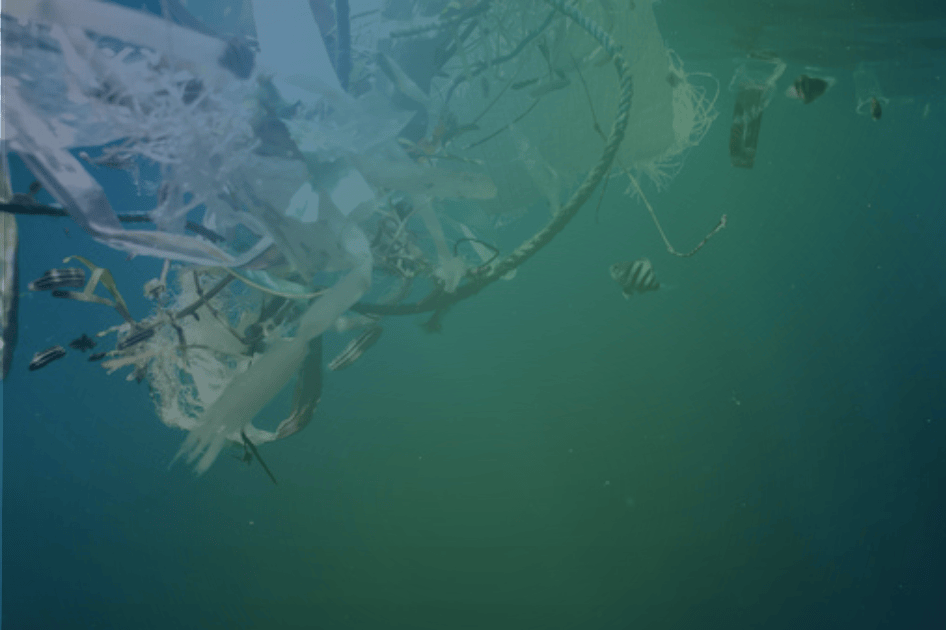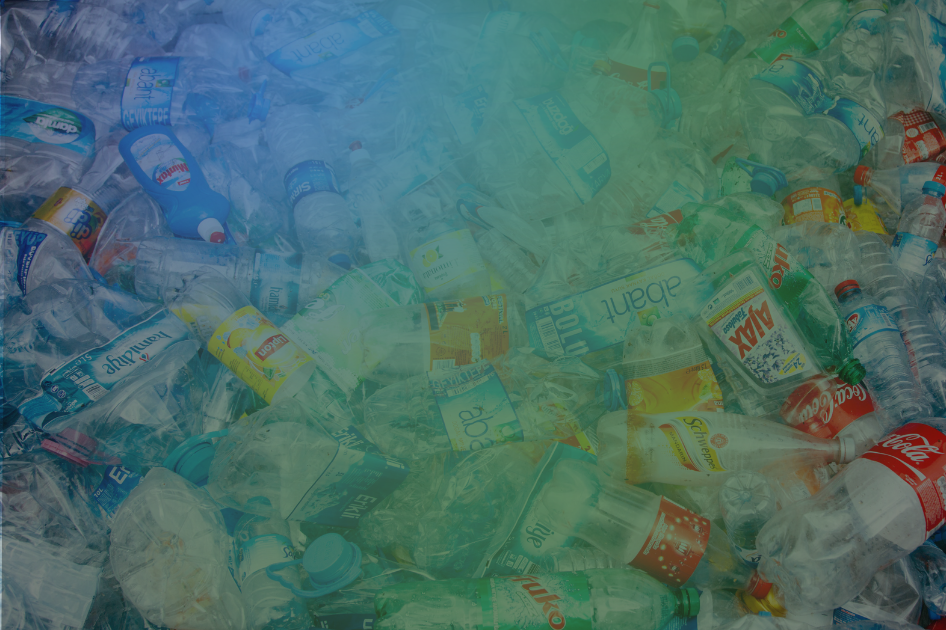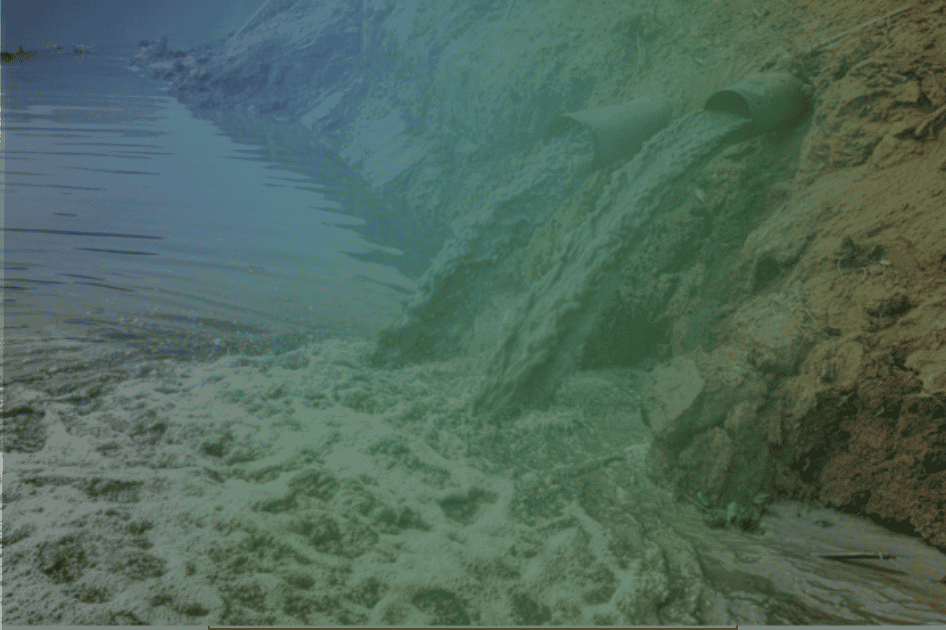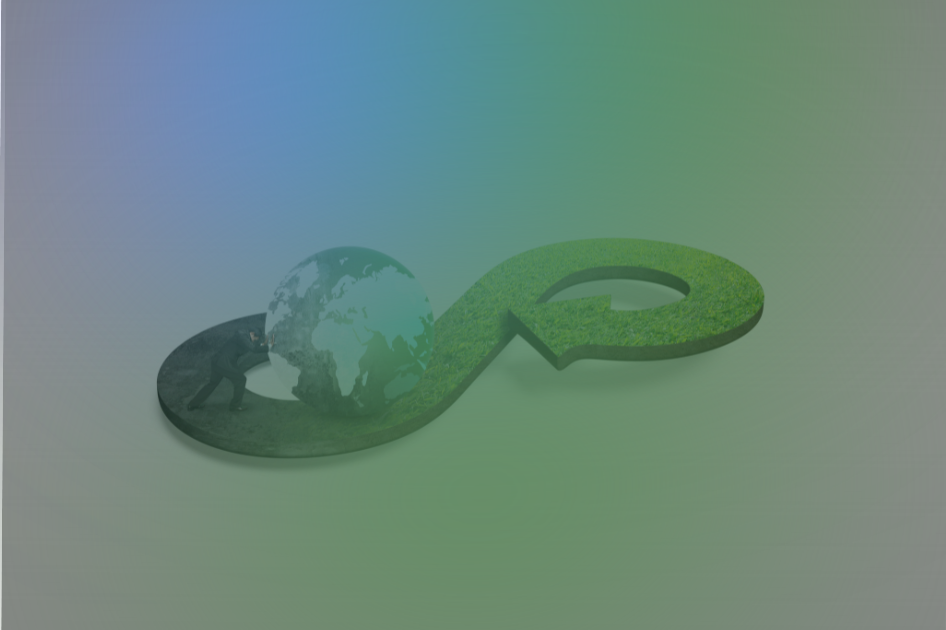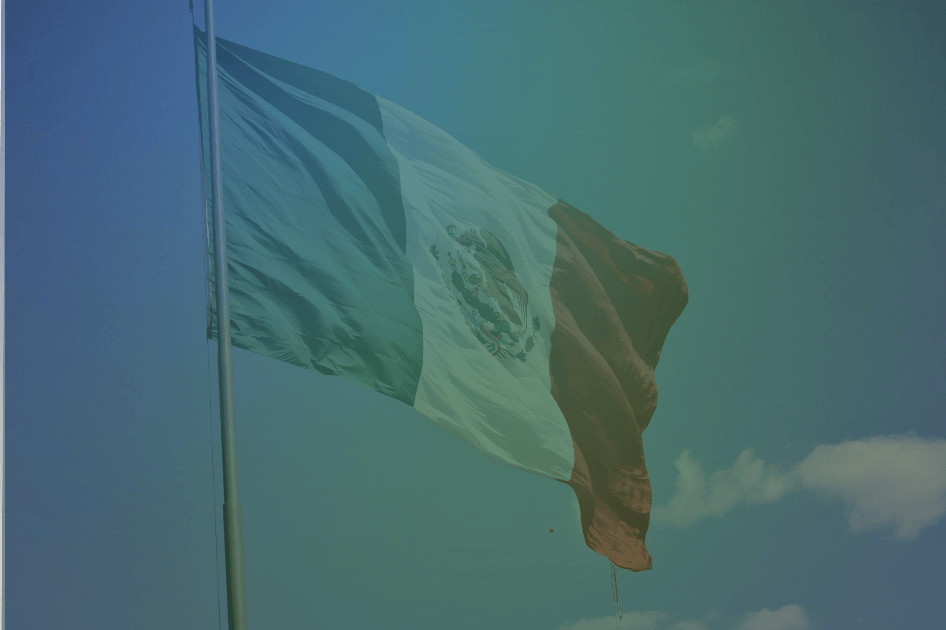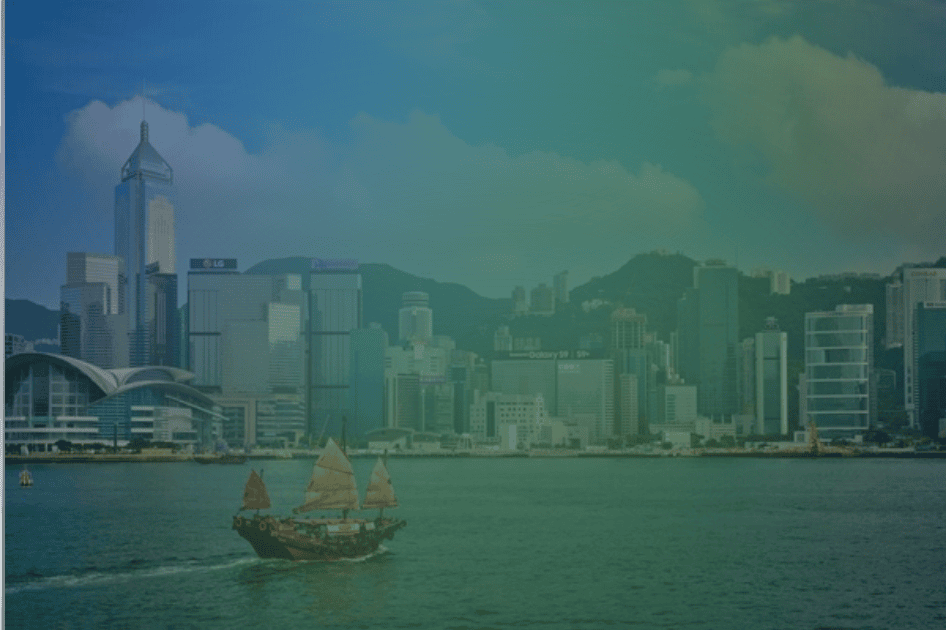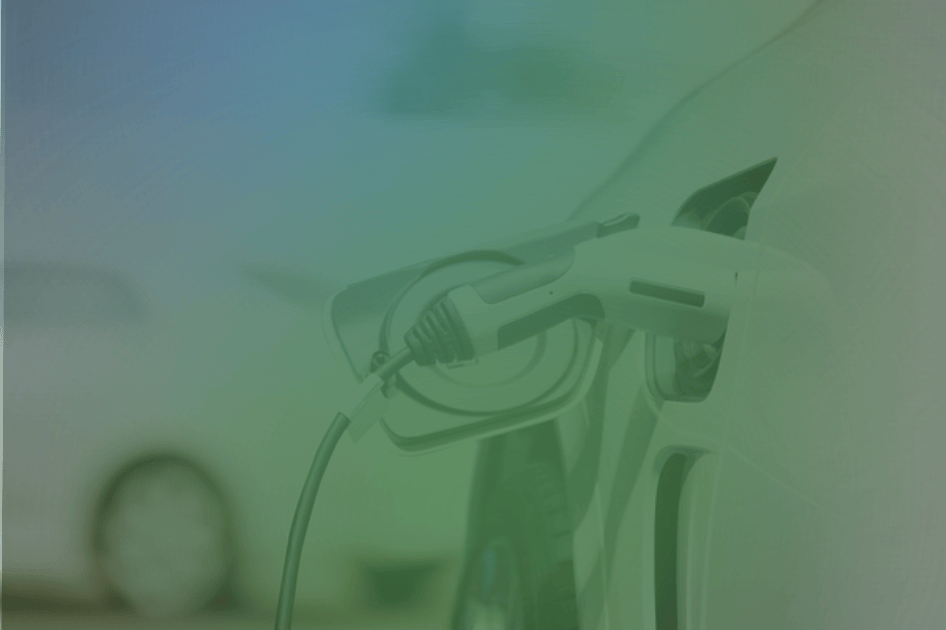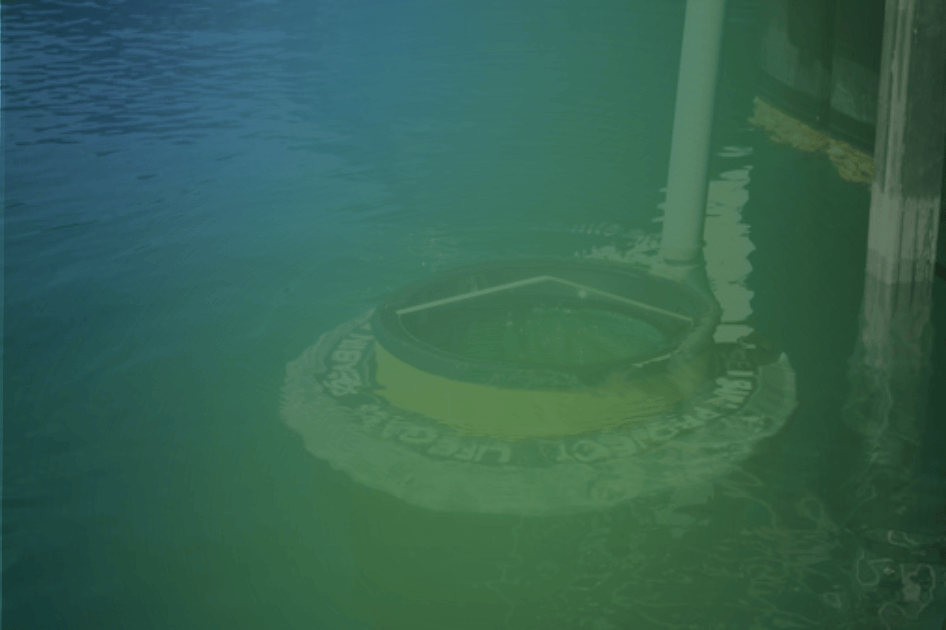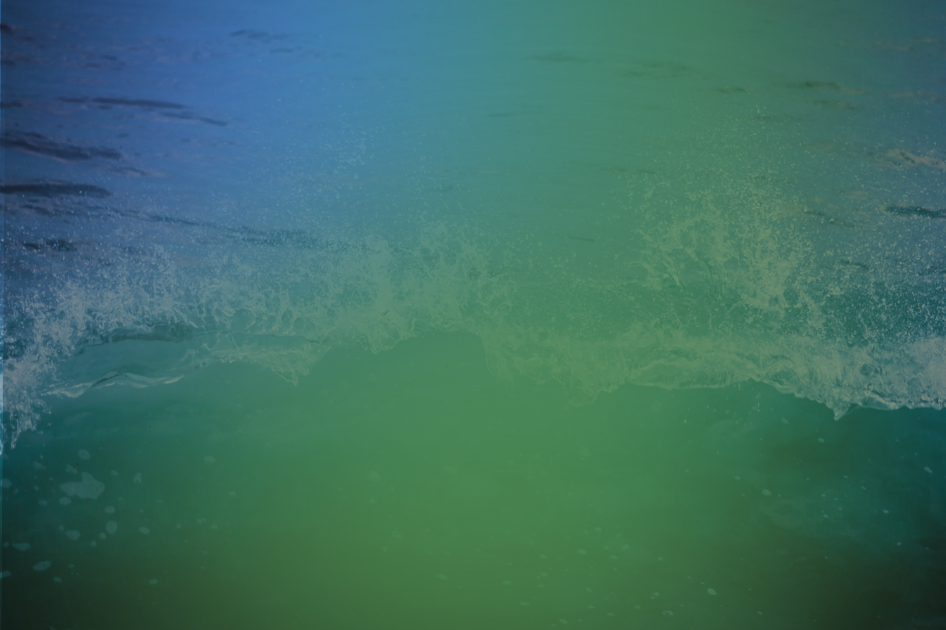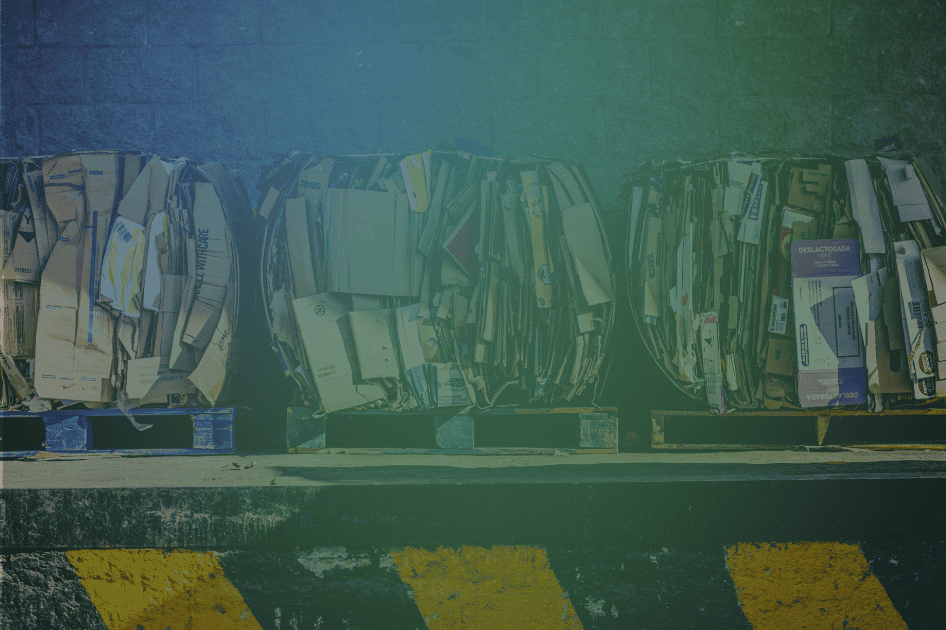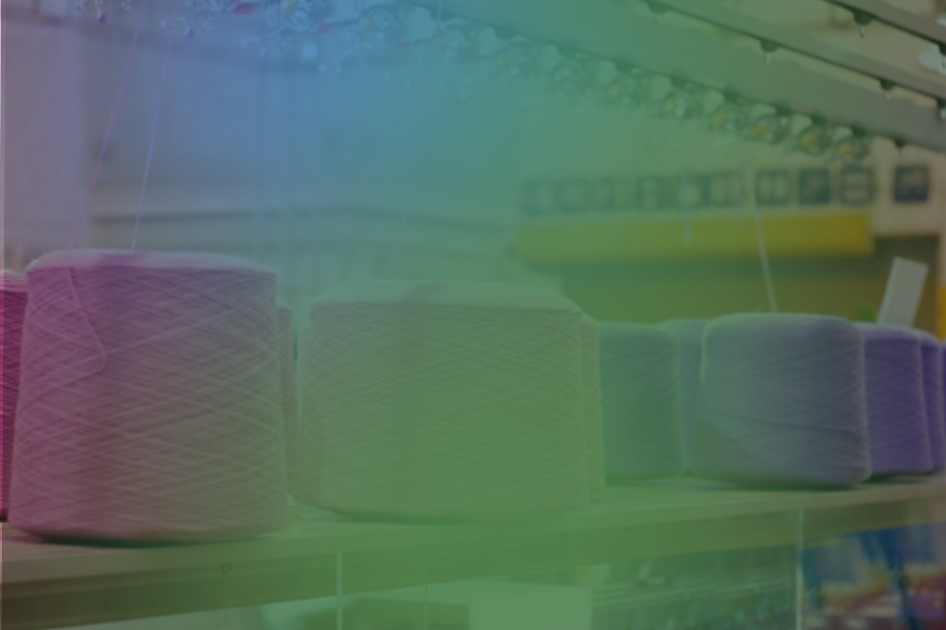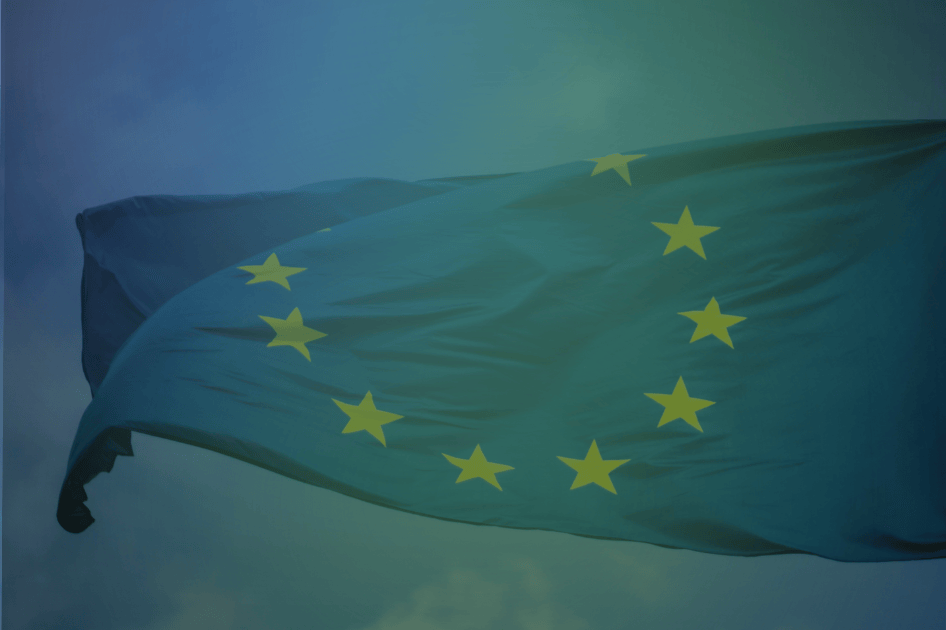Setting the stage for the new Circular Economy Act was among the European Commission's summer tasks and indeed it launched a series of important technical and regulatory initiatives in July. The new framework law is expected in 2026 and it aims at strengthening the transition to the circular economy by boosting both industrial competitiveness and the economic security of the EU market.
From the introduction of a mandatory digital system for cross-border traceability to the classification of green waste, through the assessment of the critical issues of the WEEE Directive (Waste Electrical and Electronic Equipment): this article explores the main changes introduced by Brussels in recent months.
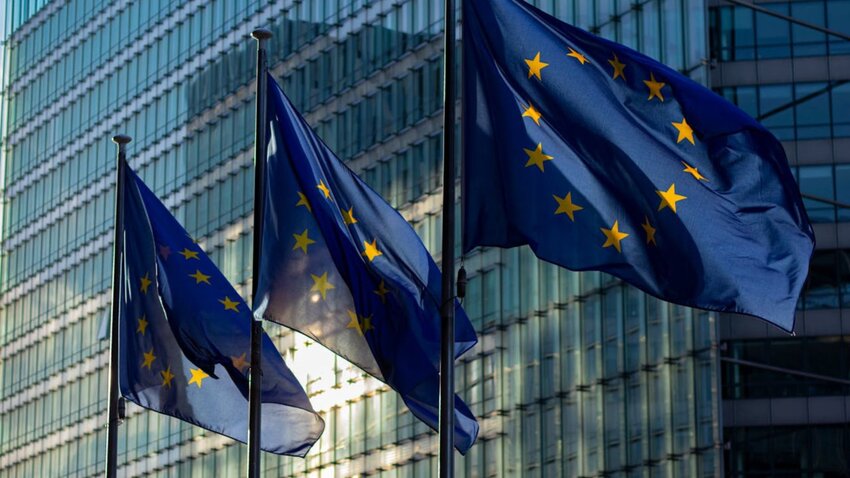
Simplification and digitalization of cross-border waste shipments in the EU
Starting next year, cross-border waste shipments in the European Union will enter a new digital era. With the adoption of the European Regulation, approved in April 2024, the EU Commission established that – starting May 21, 2026 – all information and documents relating to waste movements between Member States must be electronically transmitted through a single platform: the Digital Waste Shipment System (Diwass).
The stated objective is three-fold:
- reducing costs administrative burdens for businesses,
- strengthening the competitiveness of European recycling chains,
- improving the control of waste flows, limiting illegal trafficking.
The regulation came into force on August 3, 2025 and it sets out practical rules to operate the Diwass platform. This will perform two main functions: on the one hand, it will serve as a central portal directly accessible to competent authorities and economic operators currently lacking digital tools; on the other hand, it will be an interconnection hub capable of communicating securely with existing national systems and with the commercial software used by businesses.
The new tool will cover both notified shipments, with a faster authorization procedure than the current paper-based process, and green-listed waste. The latter already benefits from simplified procedures but will be subject to stricter monitoring by oversight authorities in the future.
Looking ahead, Brussels hopes that Diwass will also be used by third countries on a voluntary basis for shipments involving at least one EU member state.The introduction of the digital system for cross-border waste shipments is not just a bureaucratic step. Rather, it is a crucial piece in bolstering secondary raw material markets and accelerating the transition to competitive circularity, where material recovery is traceable, safe, and efficient.
- You may also be interested in: The global chessboard of critical raw materials and the challenge of the circular economy
Green waste: the EU opens consultation
On July 2, 2025 the European Commission also launched a public consultation, open until October 31, to define common criteria for the classification of so-called “green-listed waste”. This includes waste considered to be low-risk to health and the environment, that can therefore be shipped between Member States using a simplified procedure, if it is destined for recycling.
The aim of the initiative is to harmonize the rules between EU countries and avoid divergent interpretations. In fact, these are currently hindering the internal market and may open up risks of fraud. The consultation aims to establish uniform contamination thresholds and clarify which waste streams – such as recyclable plastics, textile waste, or green waste – can actually be included on the green list.
The unmet objectives of the WEEE Directive
Without an effective system for collecting and recycling WEEE, the access to critical metals – essential for the energy transition – is left solely to few large producers, primarily China.
The European WEEE Directive, adopted twenty years ago, for the first time set minimum requirements for the collection and treatment of this type. The aim was to reduce its environmental and health impact. However, the assessment published in July by the European Commission shows both positive and negative sides: some progress has been made, but most of the targets remain out of reach.
While the volumes collected between 2012 and 2021 grew significantly, almost half of WEEE continues to escape official systems: the majority of Member States are not meeting the 65% collection target. In 2022, only three countries –Bulgaria, Latvia, and Slovakia – met the target.
Here, there are many critical points:
- the capacity to recover critical raw materials such as copper, rare earths, and gallium is still limited;
- extended producer responsibility systems are fragmented;
- often treatment facilities are inadequate, with only 23% meeting high standards.
In addition, current legislation is proving unsuitable for intercepting new types of strategic waste, such as that generated by wind turbines and digital technologies. In order to truly support the European secondary raw materials market, the Commission therefore points to new measures: redefining the scope of the directive and introducing mandatory and uniform treatment standards in all Member States.
- You may also be interested in: The future of small WEEE: reuse, repair, and recycling
Article written by Simone Fant
This blog is a joint project by Ecomondo and Renewable Matter
Credits:
Photo by Marco, Pexels
PUBLICATION
19/11/2025

